From eating nothing but soup to choosing meals based on your blood type, the world of dieting is full of strange ideas—and many of them are total misses. While some of these weird diets promise rapid results, they often leave you tired, frustrated, or worse, nutritionally off balance. The truth is, the diet world is a hit-and-miss landscape: for every gimmicky plan that fizzles out, there’s a science-backed approach that actually delivers. In this guide, we’re calling out six odd or outdated diets that fall flat—and highlighting six proven, practical eating styles that truly lead to lasting results.
1. MISS: The Cabbage Soup Diet

It sounds simple—eat cabbage soup for a week and drop pounds fast. And while the scale might dip, it’s mostly water weight. This diet is extremely low in calories, protein, and essential nutrients. The monotony alone makes it nearly impossible to sustain, and once you return to normal eating, the pounds typically return with it. Plus, it can leave you bloated, irritable, and nutritionally starved. While cabbage is healthy, relying on a single soup as your main fuel source just doesn’t cut it. It’s a crash diet masquerading as a miracle fix—and your body deserves better.
2. MISS: The Grapefruit Diet

This old-school plan claims grapefruit holds fat-burning powers when eaten before meals—but the science doesn’t agree. The diet is painfully low in calories, often under 1,000 per day, and relies on repetitive meals that lack nutritional variety.
While grapefruit is rich in vitamin C and fiber, eating it three times a day doesn’t melt fat. Any weight loss usually comes from severe calorie restriction, not metabolic magic. It’s restrictive, unsatisfying, and potentially risky for anyone on certain medications that interact with grapefruit. Bottom line: a single fruit can’t undo the effects of an imbalanced diet.
3. MISS: The Baby Food Diet

Swapping adult meals for tiny jars of puréed baby food might sound like a shortcut to portion control—but it’s not a long-term solution. This bizarre diet skips out on key nutrients like fiber and healthy fats, leaving you unsatisfied and low on energy. While the reduced calories may lead to quick weight loss, it’s not sustainable or satisfying for grown adults. Not to mention, it removes the joy of eating real, textured food. It’s more of a celebrity-fueled fad than a wellness strategy—and it’s better left in the nursery aisle where it belongs.
4. MISS: The Alkaline Diet
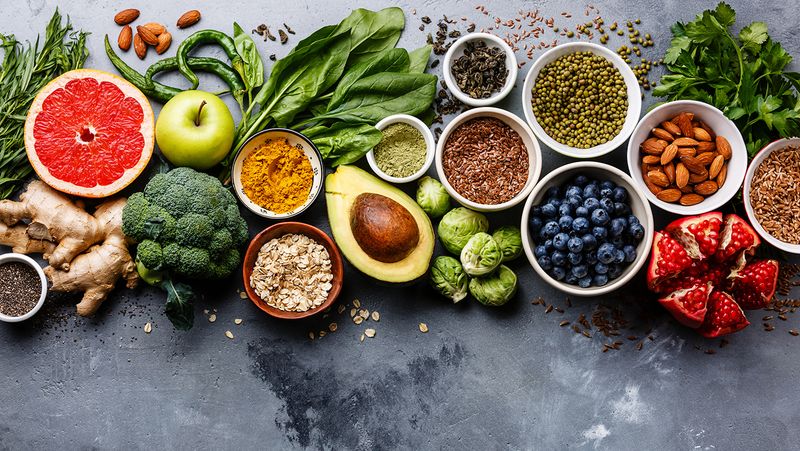
The alkaline diet’s core claim is that certain foods can change your body’s pH, promoting fat loss and disease prevention. Sounds smart—until you realize your body already regulates pH on its own. No matter how many lemons or green juices you consume, you can’t override this natural system.
That said, it does encourage whole plant foods, which is a plus—but the pseudoscience behind it creates confusion. It promotes fear around “acidic” foods like grains and proteins, which are perfectly fine in a balanced diet. The theory is off, even if some of the food choices are decent.
5. MISS: The Blood Type Diet
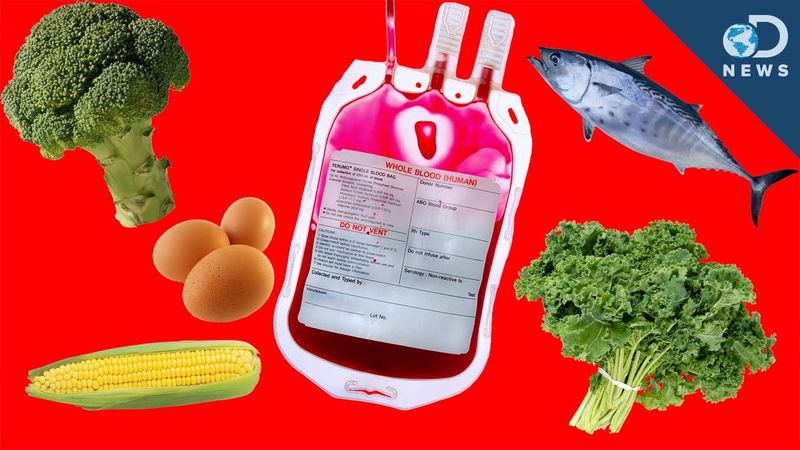
This quirky diet suggests your blood type determines which foods you should eat—type O loves meat, type A should go vegetarian, and so on. Intriguing? Yes. Scientifically sound? Not at all. There’s no credible research to support the connection between blood type and diet compatibility. It often leads to unnecessary restrictions and eliminates perfectly healthy foods without real cause. You might feel better simply because you’re eating fewer processed foods—not because of your blood type. It’s an interesting idea that caught buzz in the 2000s, but science hasn’t backed it since.
6. MISS: The Military Diet

Promising you’ll lose 10 pounds in a week, the Military Diet is a low-calorie, three-day meal plan involving foods like hot dogs, toast, and canned tuna. It’s not backed by the military—and it’s not backed by science, either. The plan restricts calories to a dangerously low level, which can cause fatigue, mood swings, and slowed metabolism. The rigid rules and bizarre food pairings make it feel more like punishment than progress. Whatever weight you lose likely comes right back. It’s a crash diet in camouflage, and your body deserves a better battle plan.
7. HIT: The Mediterranean Diet
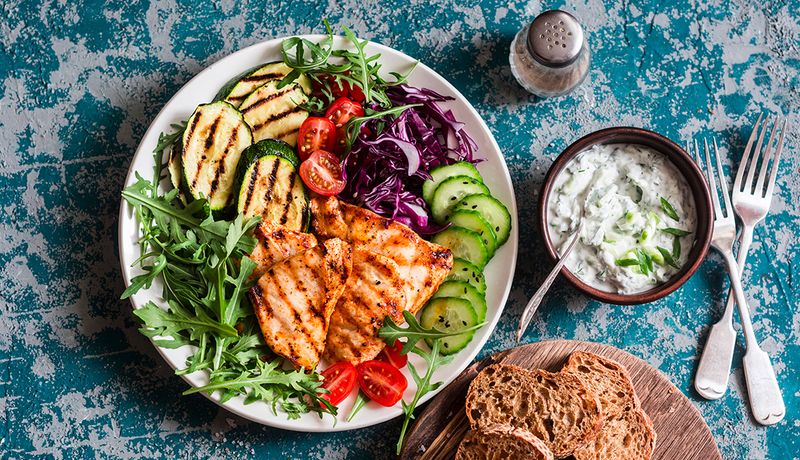
Rooted in the coastal eating habits of Greece and southern Italy, the Mediterranean Diet emphasizes whole foods like vegetables, fruits, whole grains, legumes, nuts, and healthy fats—especially olive oil. It’s rich in antioxidants, fiber, and omega-3s and has been extensively studied for its benefits to heart health, weight management, and cognitive function. With moderate portions of fish, poultry, and even wine, it’s a flexible, flavorful, and sustainable approach. Unlike trendy restriction-heavy diets, this one encourages balanced eating and enjoyment—making it not just effective, but also realistic to maintain for the long haul.
8. HIT: The DASH Diet
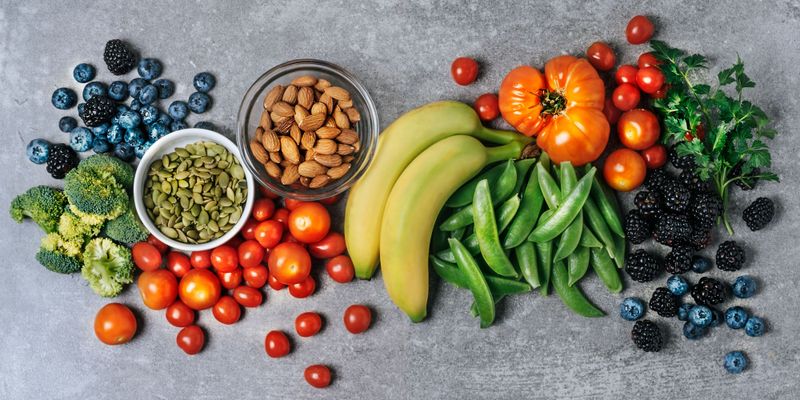
Originally developed to combat high blood pressure, the DASH (Dietary Approaches to Stop Hypertension) Diet is a nutritional powerhouse. It focuses on reducing sodium while boosting intake of potassium, calcium, and magnesium through whole foods like leafy greens, fruits, low-fat dairy, whole grains, and lean protein.
It’s backed by solid science and praised for lowering cholesterol, improving heart health, and promoting gradual, sustainable weight loss. There’s no magic formula—just smart portions and nutrient-rich foods. It’s not just doctor-approved—it’s patient-approved, too, because it feels more like a lifestyle shift than a temporary fix.
9. HIT: The Flexitarian Diet
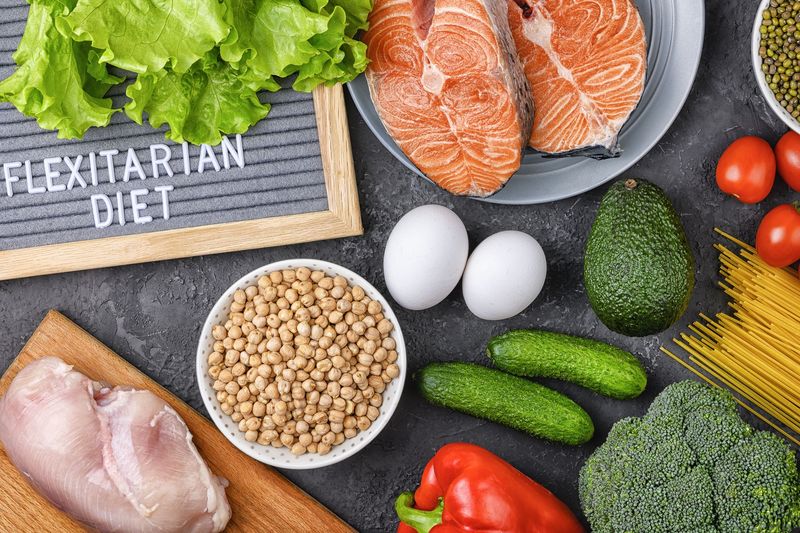
If going fully vegetarian feels like too much, the Flexitarian Diet offers a happy middle ground. This plant-forward approach encourages a mostly vegetarian lifestyle while allowing occasional meat or fish. It’s low in saturated fat, rich in fiber, and adaptable for a wide range of tastes and cultures. Studies link it to lower body weight, reduced risk of diabetes, and improved gut health. Best of all, it’s approachable and easy to stick with—no calorie counting or extreme rules. You get the benefits of a plant-based diet, with the flexibility to enjoy your favorite non-veg meals on occasion.
10. HIT: The Nordic Diet
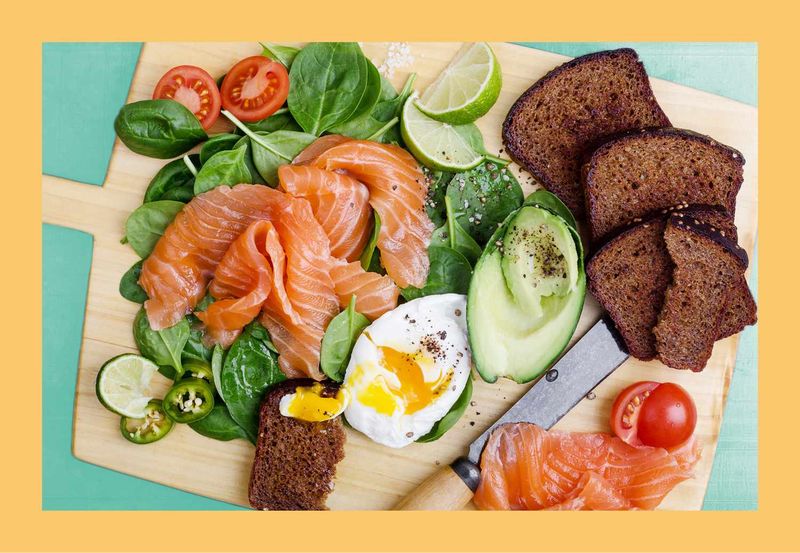
Inspired by traditional Scandinavian eating patterns, the Nordic Diet focuses on whole grains like rye and barley, fatty fish such as salmon and herring, root vegetables, berries, and canola oil as a key fat. It’s similar to the Mediterranean Diet but uses northern European ingredients. It emphasizes seasonal, local, and sustainable foods—great for both your body and the planet. Research shows it can improve cholesterol, reduce inflammation, and support healthy weight loss. It’s hearty, satisfying, and built on real food rather than restriction. Think of it as comfort food with a health-conscious, climate-friendly twist.
11. HIT: The MIND Diet
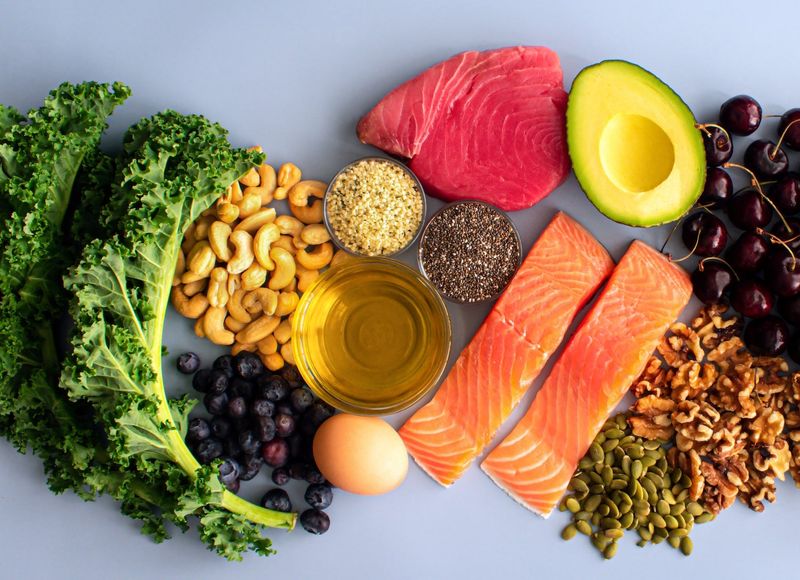
A hybrid of the Mediterranean and DASH diets, the MIND Diet was designed to support brain health and reduce the risk of Alzheimer’s disease. It emphasizes foods known to protect cognitive function, including leafy greens, berries, nuts, whole grains, and fatty fish.
Red meat, butter, and sweets are limited, but not banned. Studies show it may slow cognitive decline and support overall brain function—even in people who don’t follow it perfectly. It’s a smart choice not just for the mind, but for overall wellness. If longevity and mental sharpness are on your radar, this plan delivers.
12. HIT: The Volumetrics Diet

Created by a nutrition scientist, the Volumetrics Diet helps you lose weight by eating more—not less. The key? Choosing foods that are low in calorie density but high in volume, like fruits, veggies, soups, and whole grains. These fill you up without filling you out. There’s no need to count calories obsessively or cut out food groups—just focus on portion size and satiety. It’s a diet rooted in feeling full and satisfied, which makes it easier to stick with and less prone to binge-restrict cycles. Science-based and practical, it puts the focus on fullness over deprivation.
Leave a comment